- cross-posted to:
- hackernews@lemmy.smeargle.fans
- selfhost@lemmy.ml
- cross-posted to:
- hackernews@lemmy.smeargle.fans
- selfhost@lemmy.ml
Zoraxy describes itself as:
“General purpose request (reverse) proxy and forwarding tool for networking noobs. Now written in Go!”.
Yet it seems to be packed with goodies and features, such as Geo-IP & Blacklist, ZeroTier controller integrated GAN, IP Scanner, Real Time Stats and even built in Uptime monitor. Addtionally, it can run via a single binary for those who don’t want to rely on Docker. There is also an Unraid Template available from IBRACORP. Lastly the project is under the AGPL license 🌻
I also checked, and saw this was recommended on this community 9months ago, but didn’t seem to get much attraction then. Has anyone tried this yet? It seems like a good alternative to say NGINX proxy manager and am wondering if I should switch, but wanted to hear thoughts first!
Zoraxy’s Github list the following features:
Features
- Simple to use interface with detail in-system instructions
- Reverse Proxy (HTTP/2)
- Virtual Directory
- WebSocket Proxy (automatic, no set-up needed)
- Basic Auth
- Alias Hostnames
- Custom Headers
- Redirection Rules
- TLS / SSL setup and deploy
- ACME features like auto-renew to serve your sites in https
- SNI support (one certificate contains multiple host names)
- Blacklist / Whitelist by country or IP address (single IP, CIDR or wildcard for beginners)
- Global Area Network Controller Web UI (ZeroTier not included)
- TCP Tunneling / Proxy
- Integrated Up-time Monitor
- Web-SSH Terminal
- Utilities
- CIDR IP converters
- mDNS Scanner
- IP Scanner
- Others
- Basic single-admin management mode
- External permission management system for easy system integration
- SMTP config for password reset
Screenshots
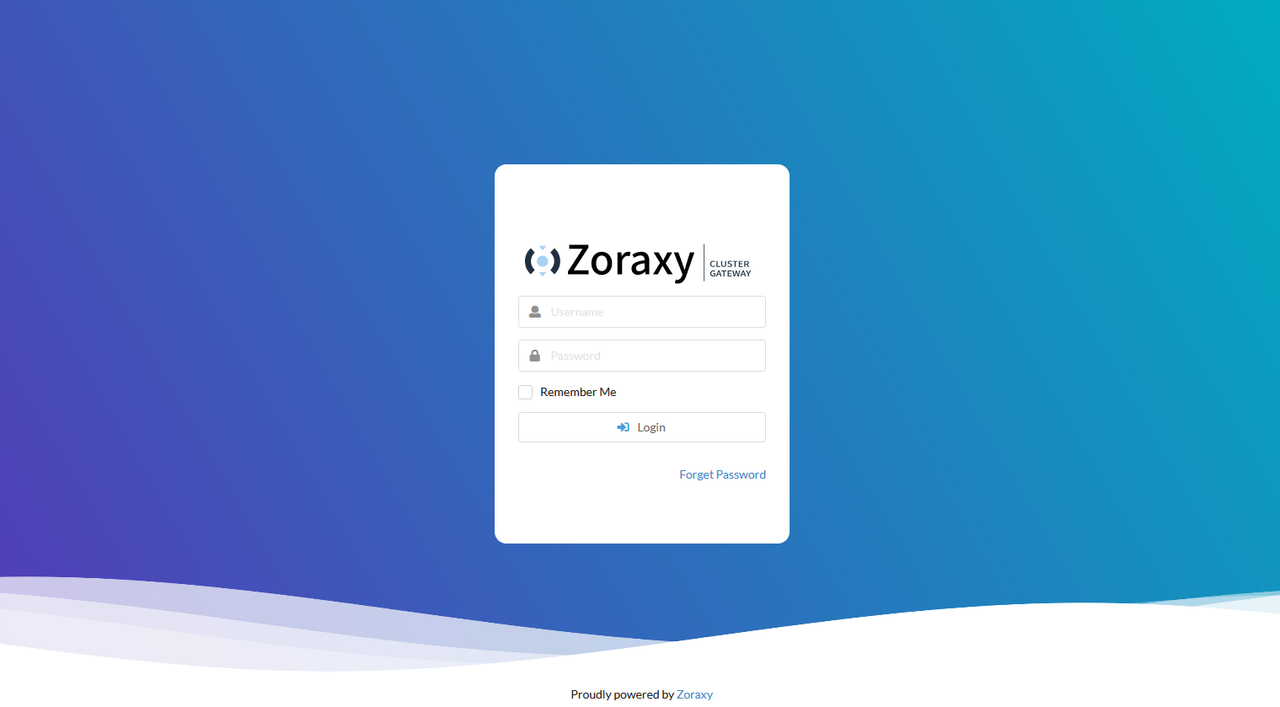
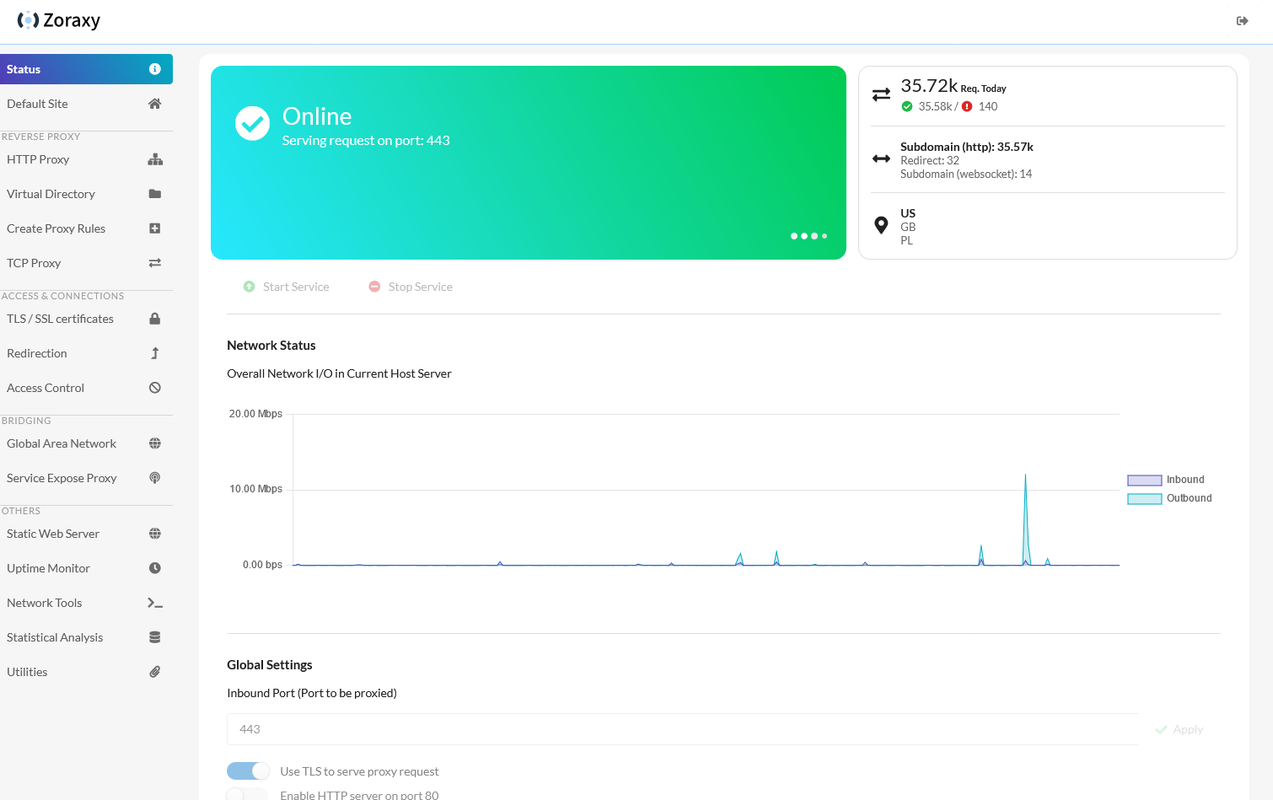
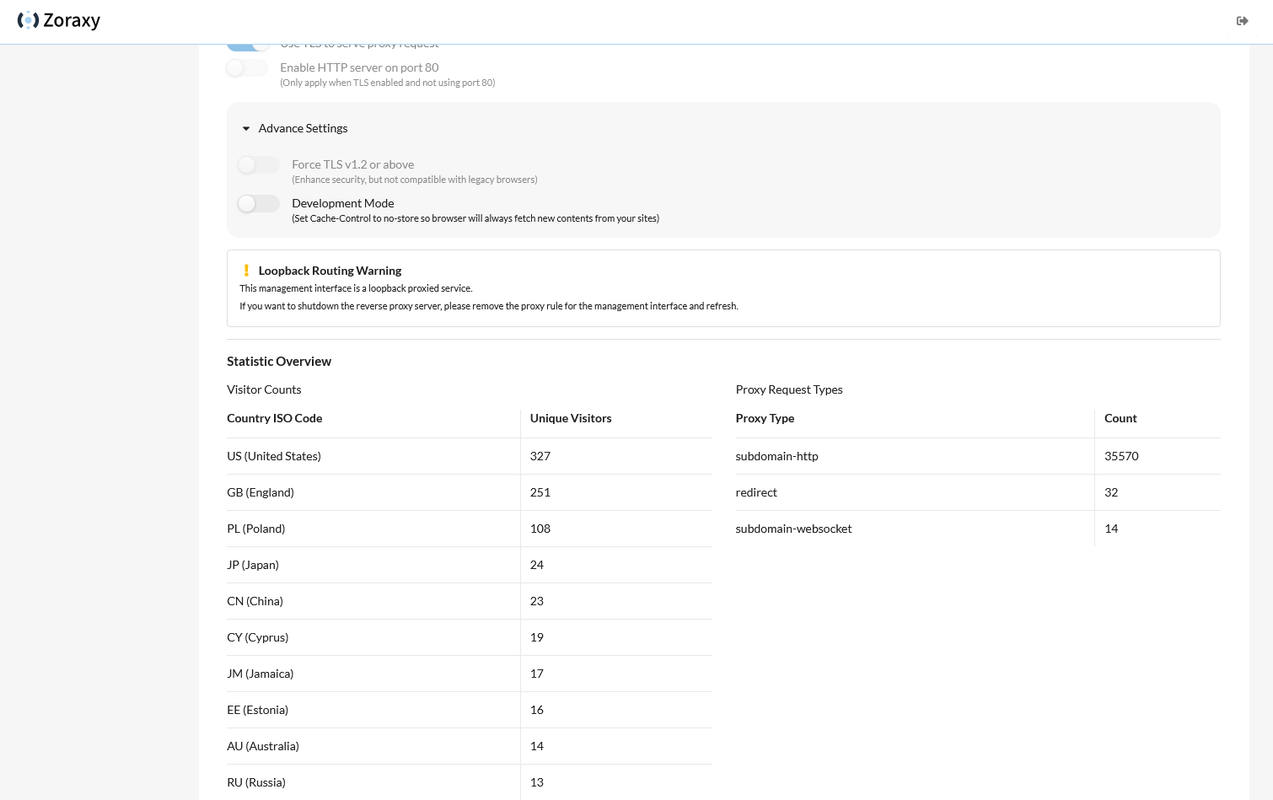
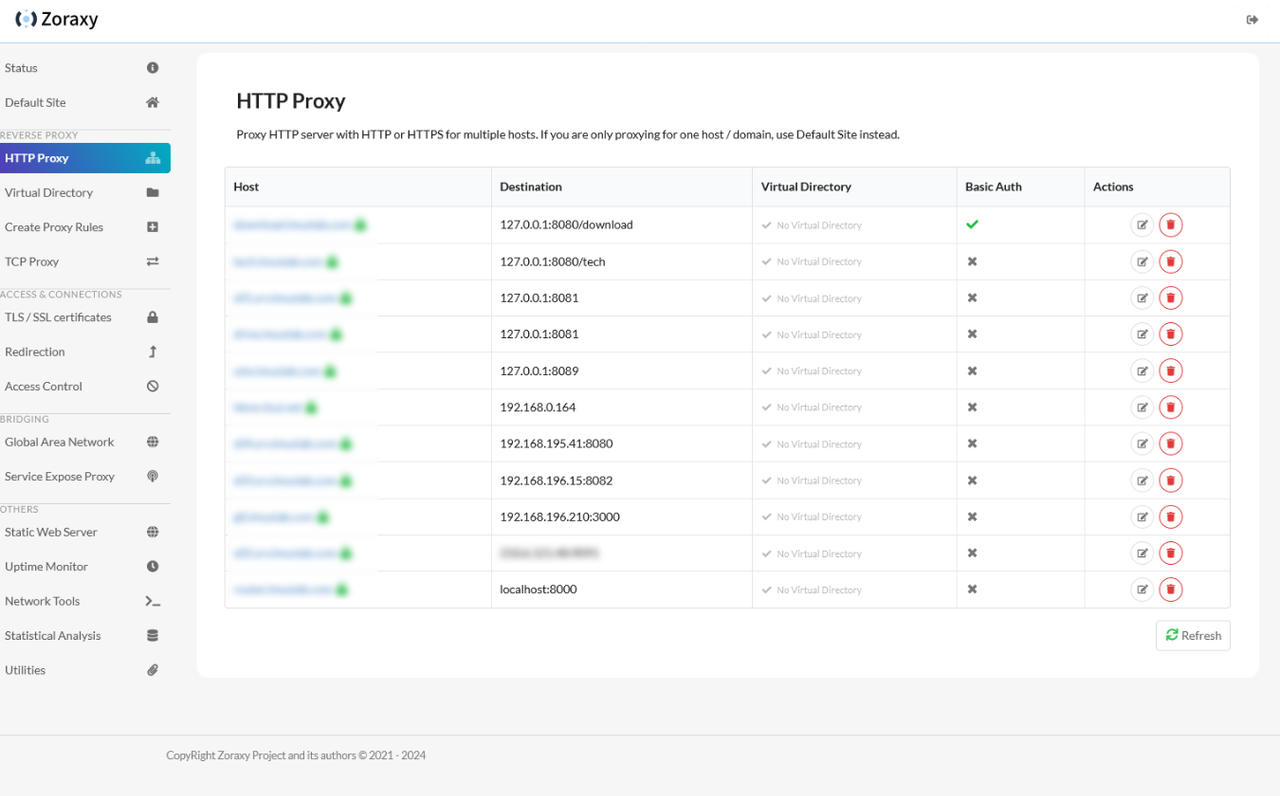
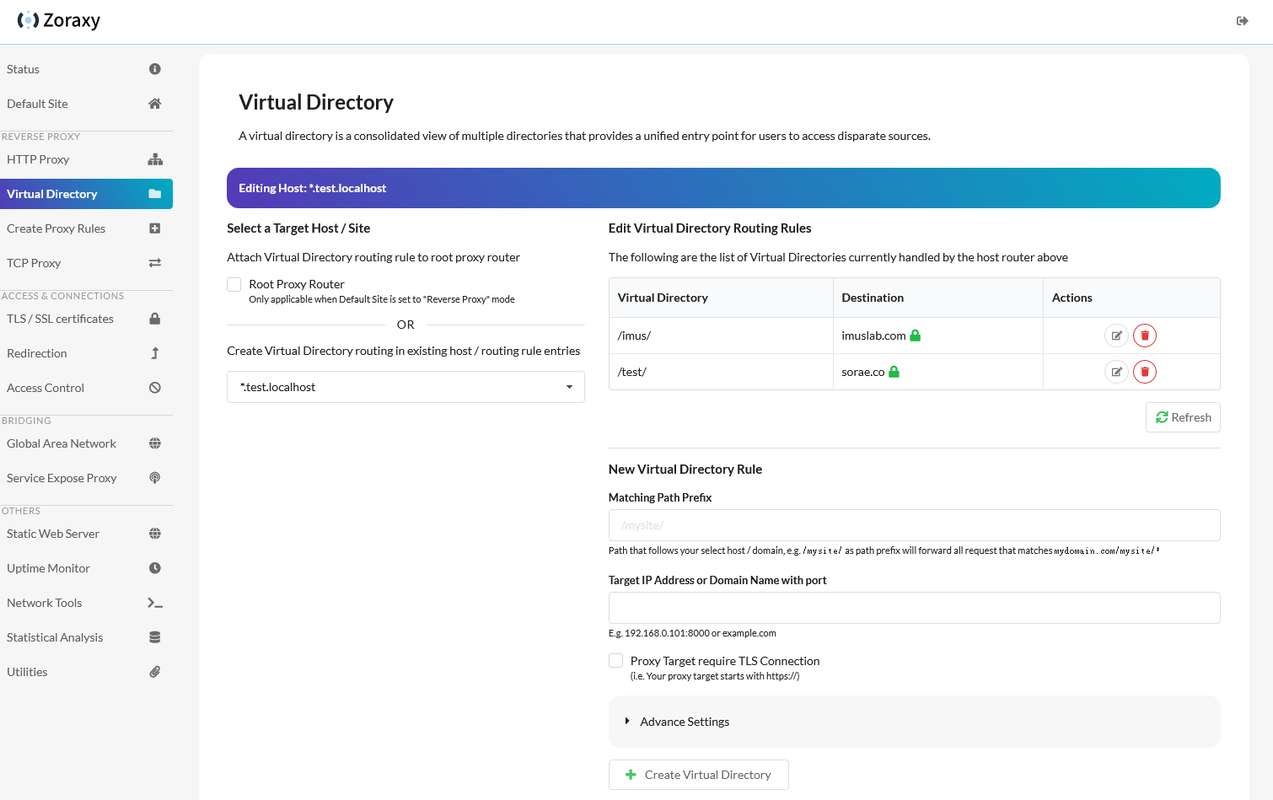
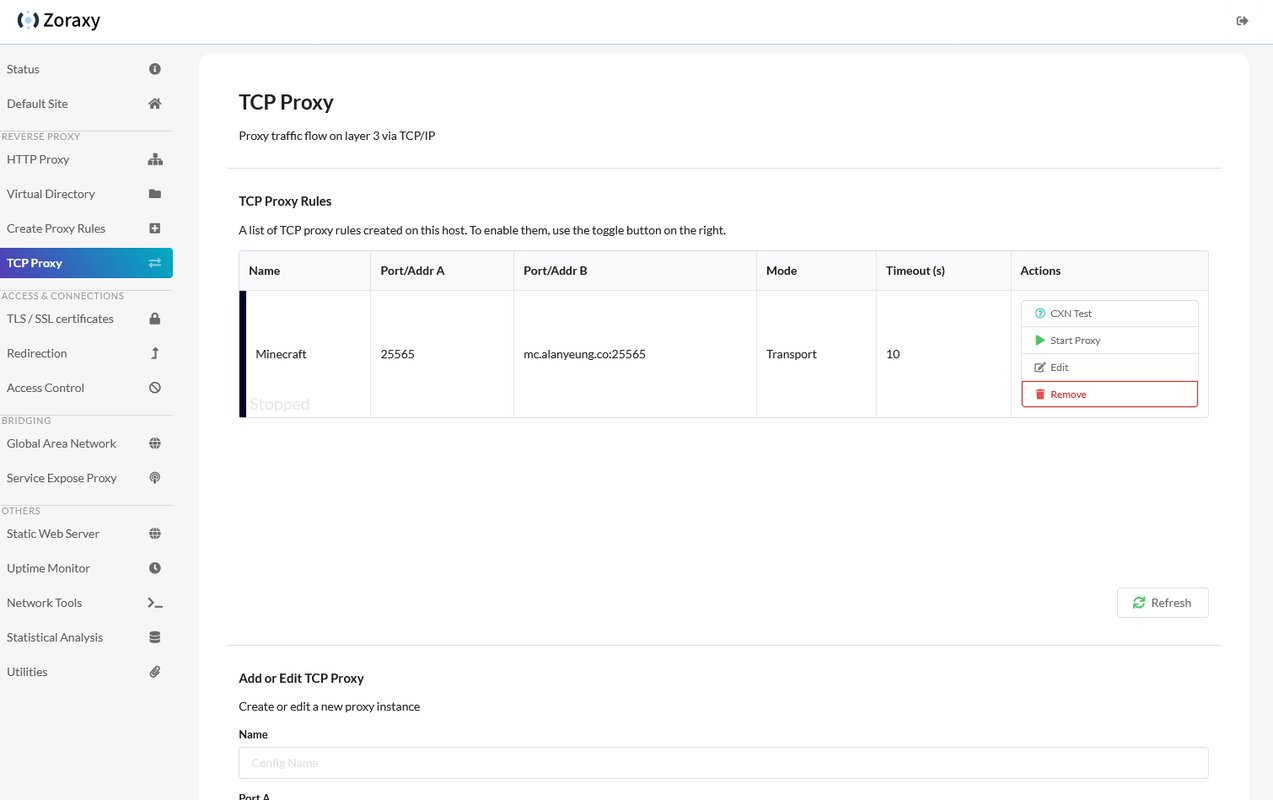
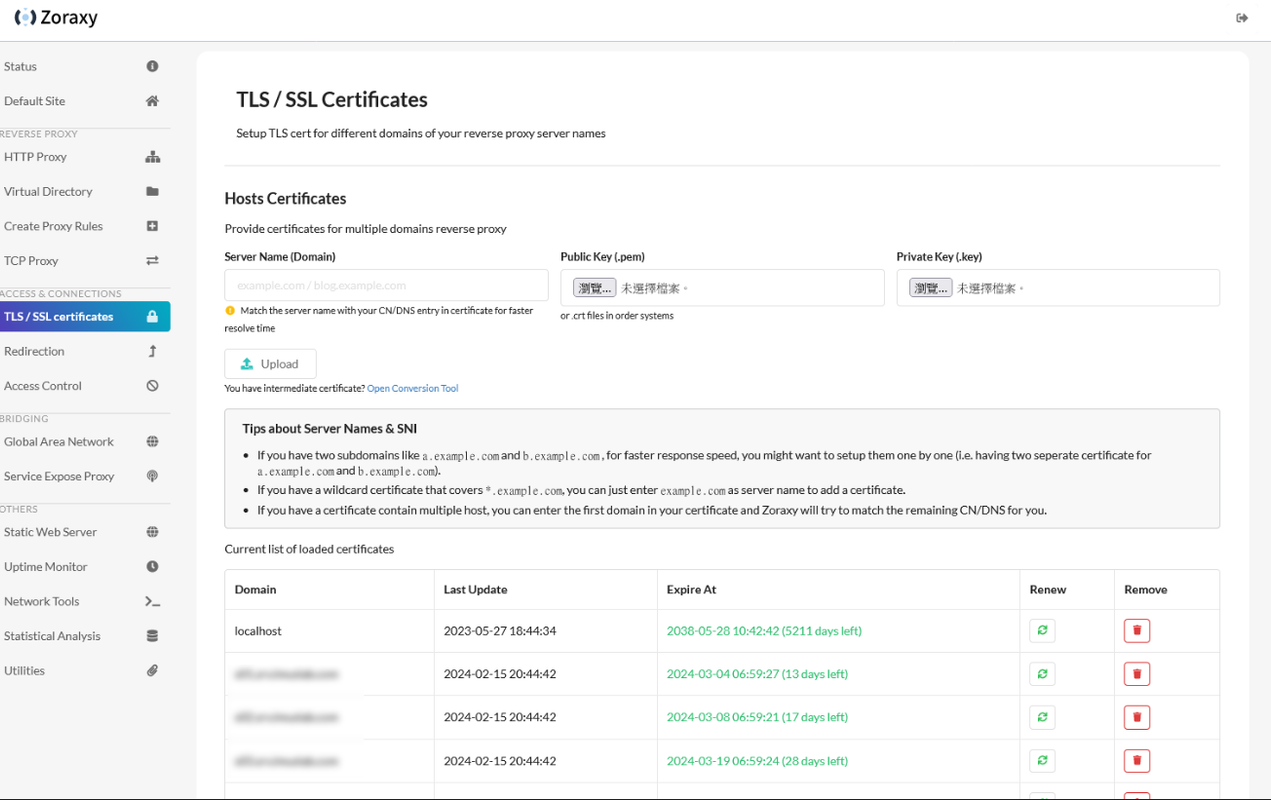

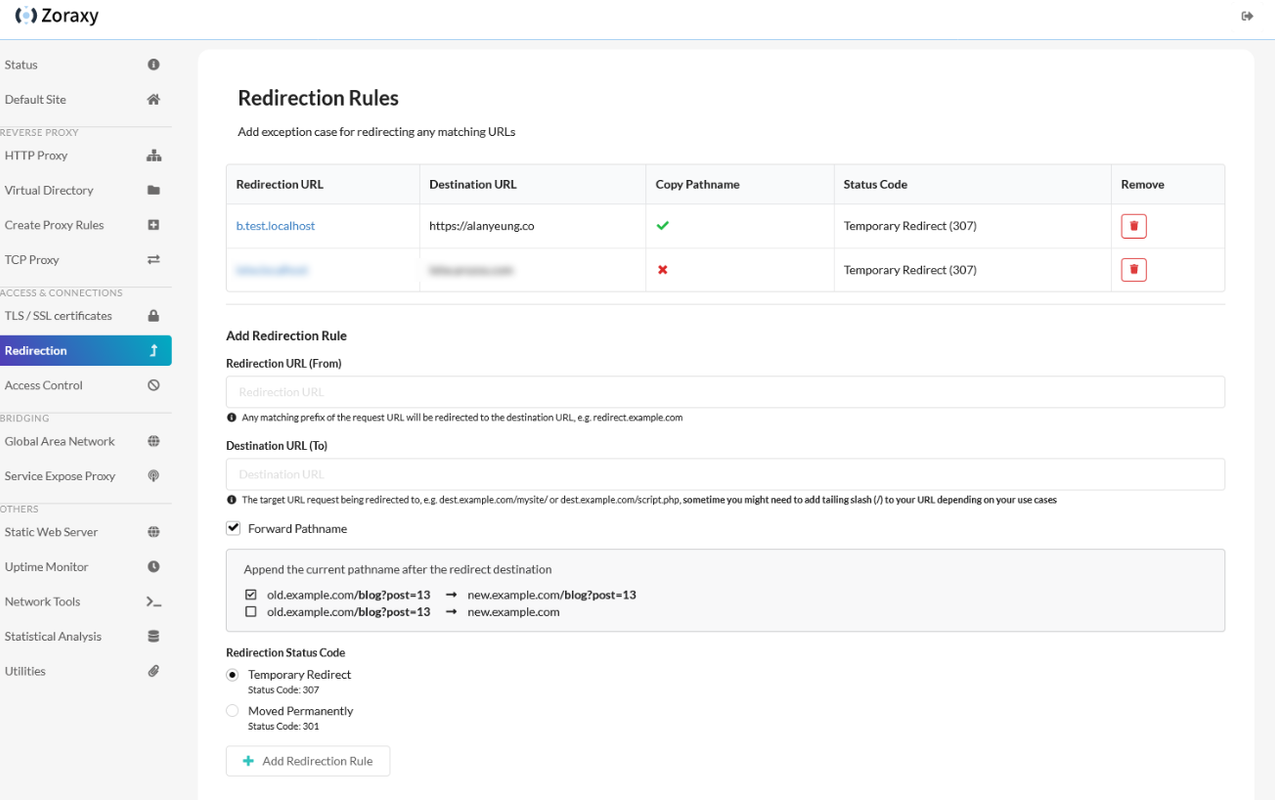
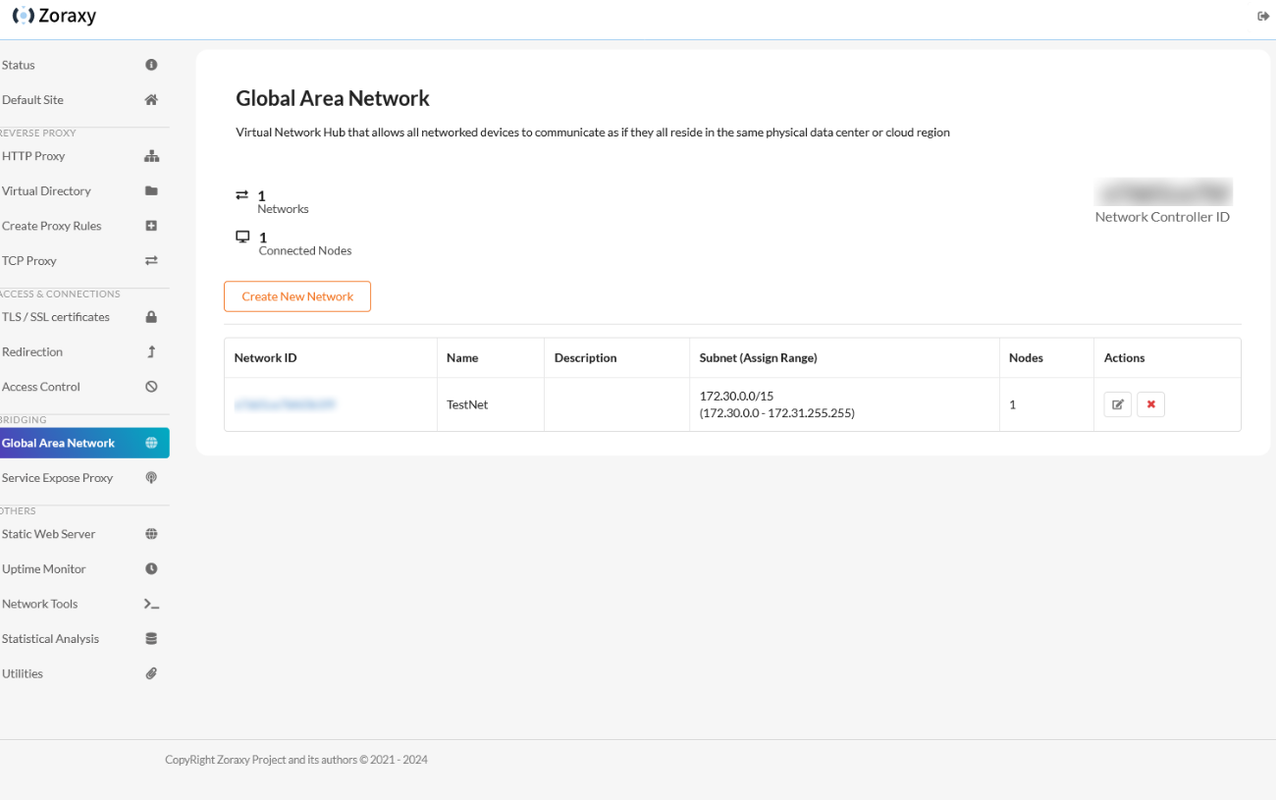
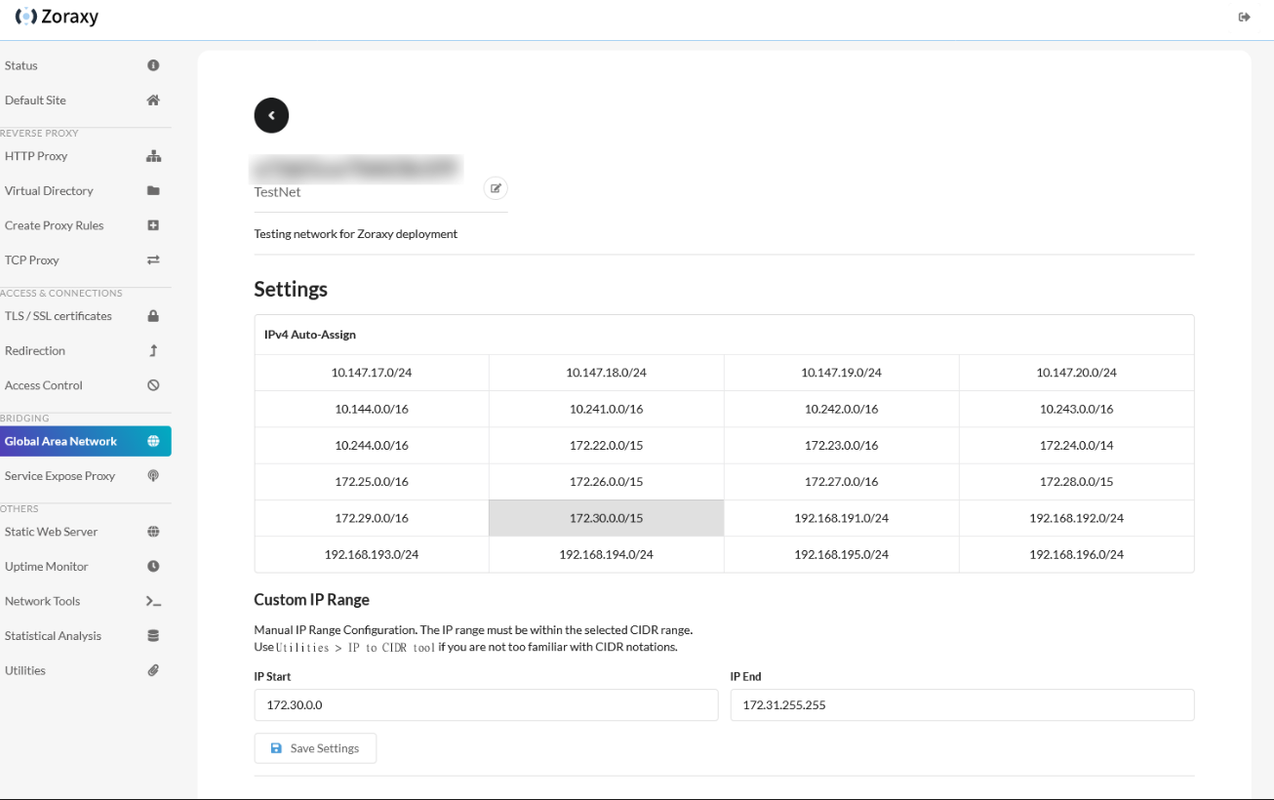
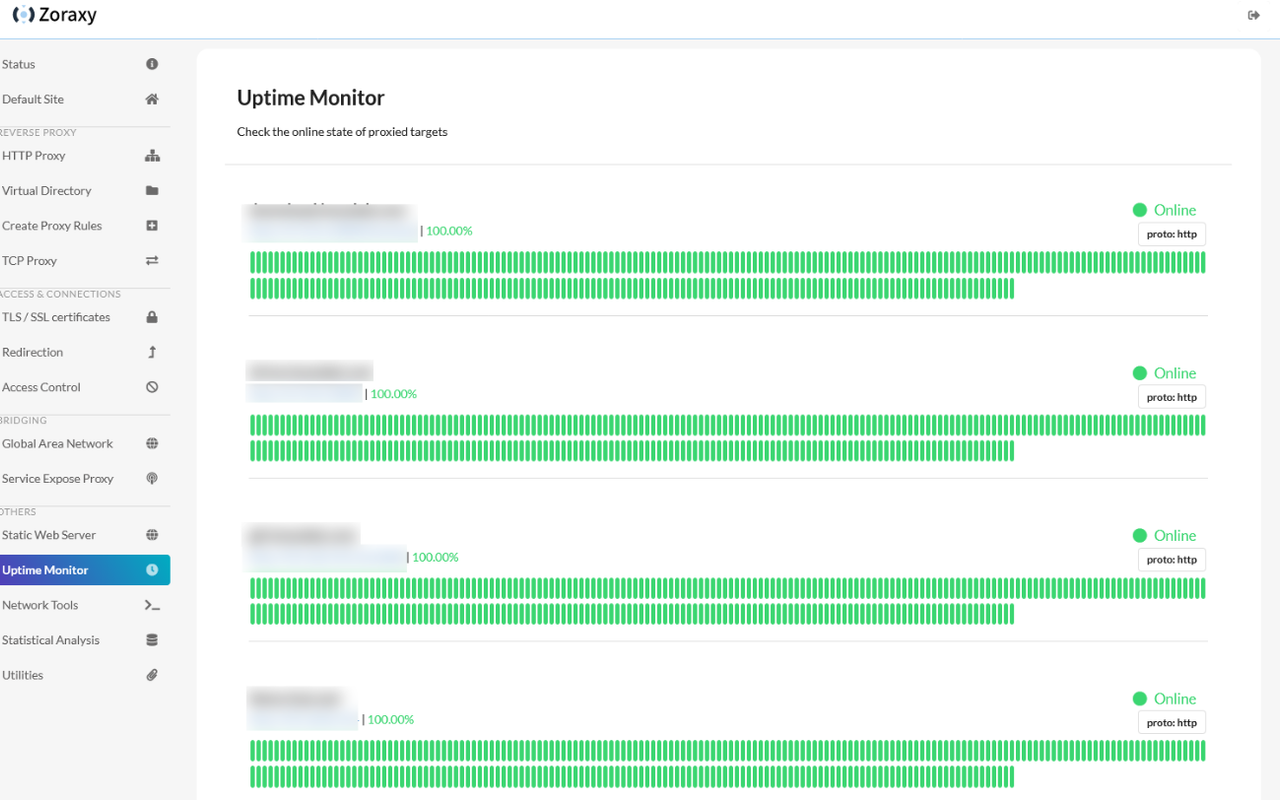

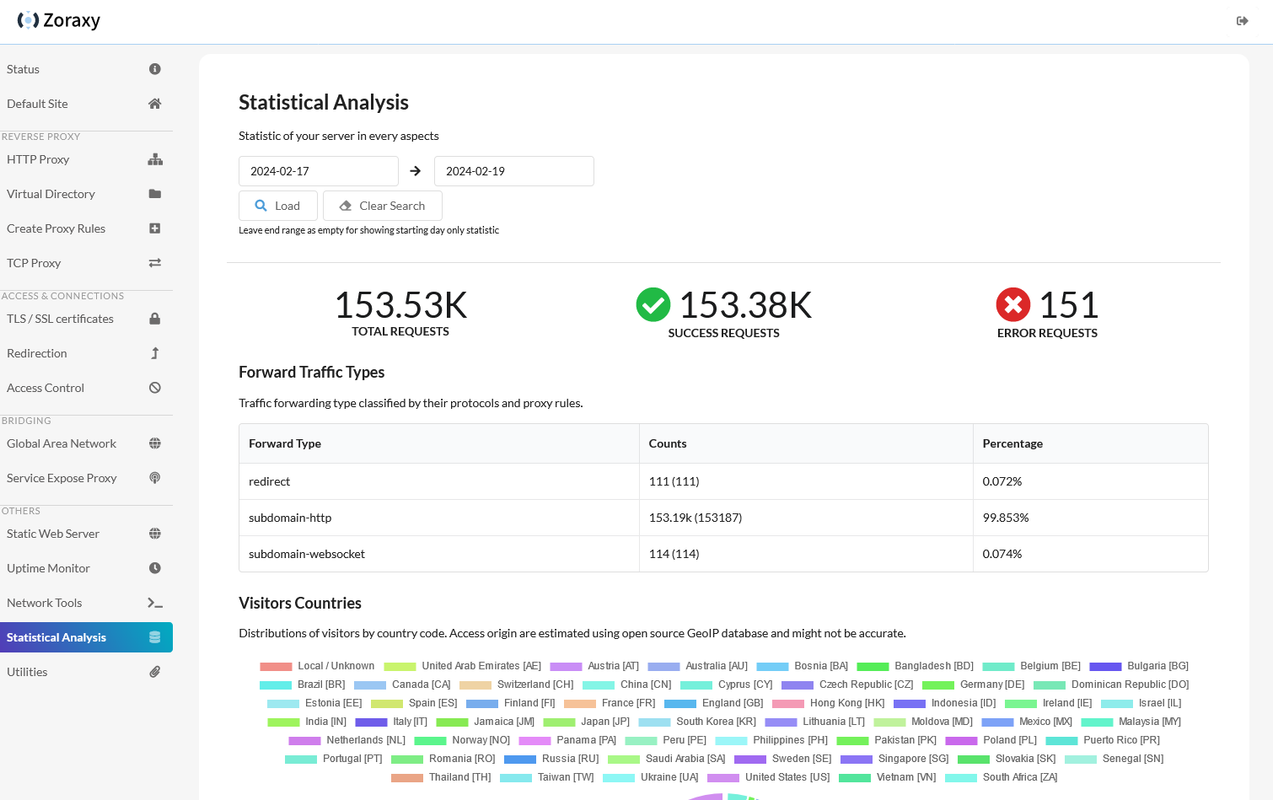
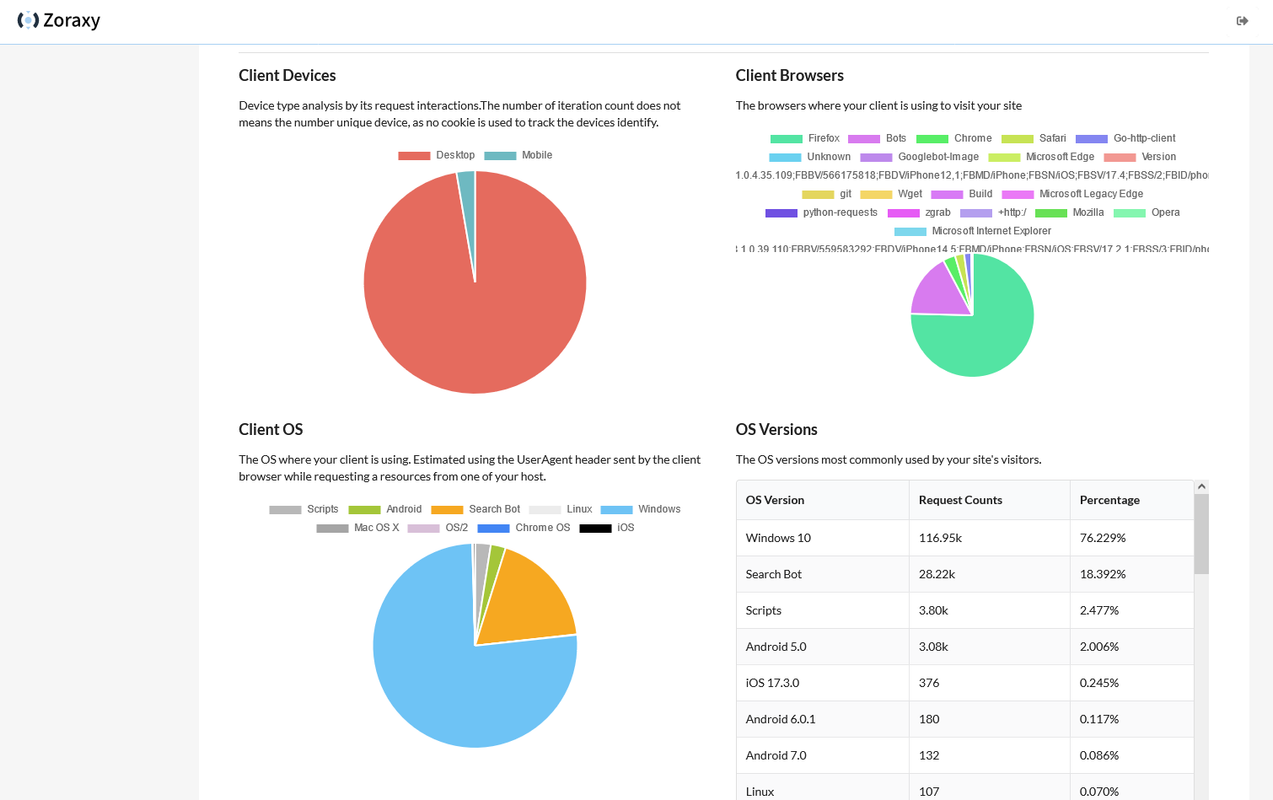
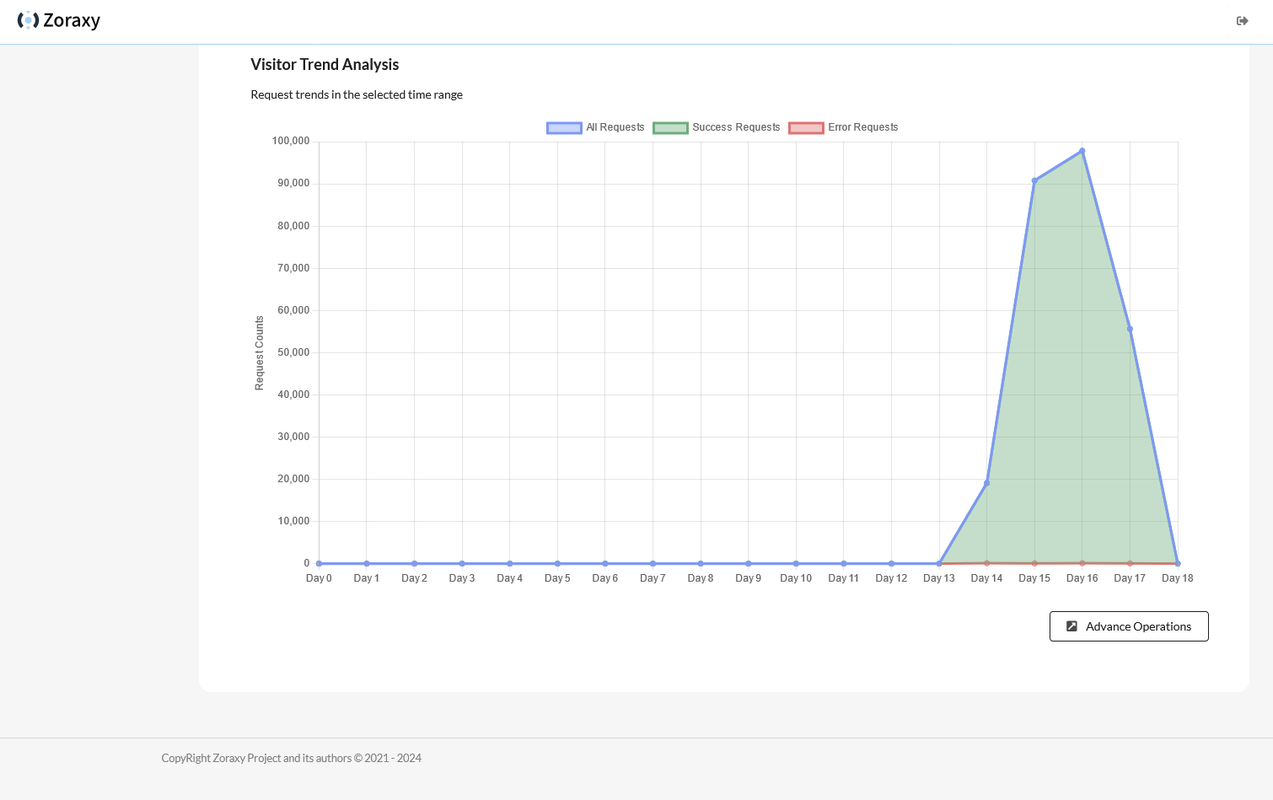

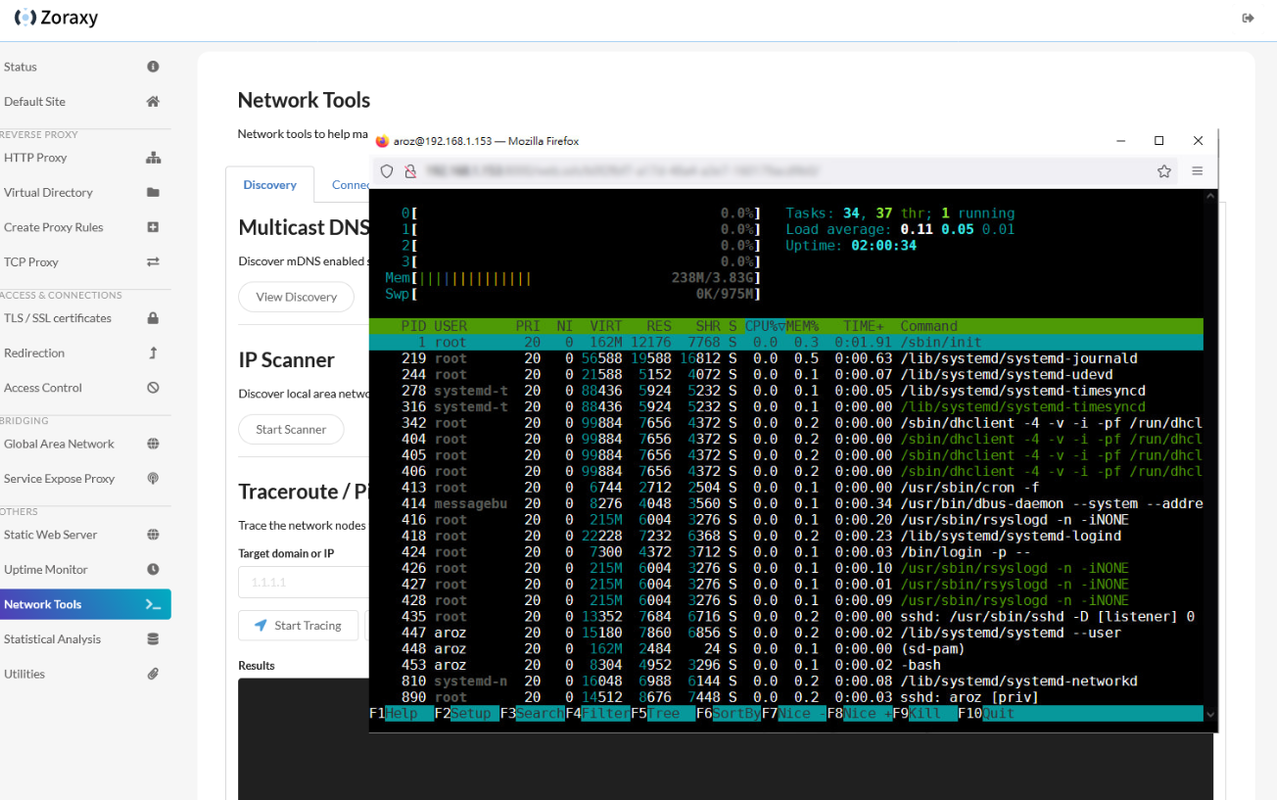



I wish I’d seen this before the minor hell I went through learning how to geoip block via iptables. 😁
It looks interesting. I think my only real concern is security. There’s a lot of people using and working on nginx so, presumably, more people to identify bugs and squash them.
Yeah that’s a valid point, especially if you’re pointing this to the outside world.
I’m still curious tho. I’ll probably set it up for some internal only sites to test.